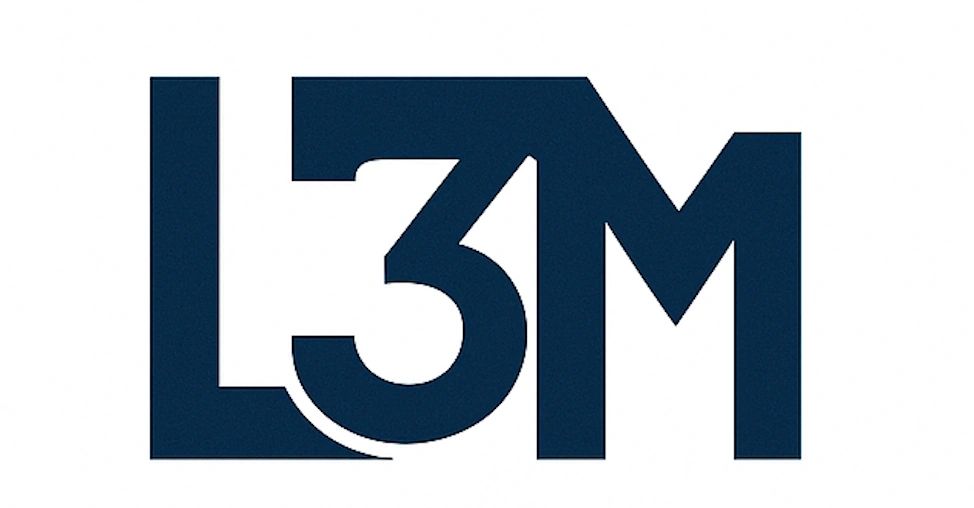Elevate your success with customized management consulting strategies and fractional executive services
L3M Services – Executive Strategy & Operational Excellence
Who we are
L3M Services – Executive Strategy & Operational Excellence
L3M Services is a boutique consulting firm specializing in management consulting to help privately held businesses unlock their next level of growth and performance. Founded and led by a seasoned executive leader, the firm leverages decades of leadership experience across industrial distribution, manufacturing, and risk-management-centric industries to deliver actionable strategies and measurable results.
At its core, L3M partners with business owners and leadership teams to:
- Define executive strategy that aligns vision with market opportunity.
- Enable sales teams with the tools, processes, and accountability required to accelerate revenue growth.
- Drive management execution through disciplined planning, coaching, and performance tracking.
- Elevate operational excellence by improving efficiency, mitigating risks, and strengthening organizational resilience.
With a focus on practical execution, not just theory, L3M Services equips leaders with the insights, structures, and confidence to make bold decisions and achieve sustainable success, including offering fractional executive services when needed.
Contact Us
Better yet, drop us a line!
We value our customers and are dedicated to supporting you with our consulting services. Feel free to reach out anytime for insights on executive leadership or to learn more about our fractional executive services in management consulting.
L3M Services Contact Information

My Blog
Executive Leadership Consulting and Fractional Executive Execution
Subscribe and we will send you our blogs when they are published!
This website uses cookies.
We use cookies to analyze website traffic and optimize your website experience. By accepting our use of cookies, your data will be aggregated with all other user data.